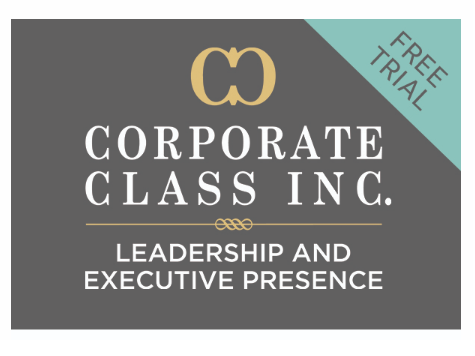In today’s diverse workplace, corporate leaders are tasked with managing a multigenerational workforce, creating a harmonious environment where employees of all ages can thrive. This requires a blend of understanding, respect, and transparent communication to bridge generational gaps and leverage the distinct skills of each age group. This post delves into methods for cultivating a productive and harmonious multigenerational workplace, highlighting the challenges of a multigenerational workforce and the benefits of a multigenerational workforce.
1. Addressing Stereotypes in a Multigenerational Workforce
Managing a multigenerational workforce involves overcoming stereotypes about different age groups, a common challenge in today’s workforce. These misconceptions, ranging from baby boomers to Gen Z, can lead to conflicts and hinder collaboration among team members. Leaders should strive for generational diversity and inclusion, ensuring that the multigenerational team values the unique perspectives and experiences each generation, from the Silent Generation to Millennials, brings. By creating a culture that appreciates age diversity, managers can facilitate opportunities for employees of different generations to share their skill sets and work styles, enhancing employee engagement across generations.
2. Encouraging Cross-Generational Interaction
In a multigenerational workplace, effective management means navigating varied communication styles, from older generations who may prefer face-to-face interactions to tech-savvy younger employees who lean towards digital communication methods. Providing a mix of communication channels and creating spaces for idea exchange is vital for engaging a multigenerational workforce. It’s essential to foster open discussion and mentorship opportunities, allowing employees from the Silent Generation and Baby Boomers to Gen X and Gen Z to share their knowledge and work ethics. This approach not only bridges the gap between different generations but also leverages the benefits of a multigenerational workforce, such as diverse perspectives and increased creativity.
3. Fostering Respect for Boundaries in Diverse Teams
In managing a multigenerational workforce, respecting boundaries is crucial. With generational diversity in the workplace, different generations may have varied expectations regarding work-life balance and personal space. Business management must establish clear rules that respect these differences, ensuring fairness and inclusivity in a diverse team environment. It’s important for managers to engage in open discussions with team members, understanding the specific needs and preferences of different generations, from Baby Boomers to Gen Z. By cultivating a culture that values respect and empathy, you create a workplace where all employees, including older workers and younger generations, feel valued and supported, enhancing overall company culture.
4. Recognize Employee Potential
Recognizing the potential in each employee is key in leading a multigenerational workforce. In a multigenerational workplace, every generation, from experienced Baby Boomers to tech-savvy younger workers, brings unique skills, perspectives, and experiences. Managers should be encouraged to identify and leverage these diverse contributions to foster creativity and productivity. Implementing mentorship programs that pair employees of different ages can enable mutual learning and help each employee reach their full potential. By acknowledging and utilizing the varied talents within your team, you create a dynamic, high-performing group that embodies the benefits of a multigenerational workforce, aligning with the best practices for managing different generations and embracing generational diversity.
5. Assessment of the Fascination Advantage for a Multi-generational Workforce
Corporate Class Inc. utilizes the Fascination Advantage Assessment to improve growth and mutual understanding among employees in a multigenerational workforce. This tool provides insights into diverse communication and leadership styles, fostering stronger relationships across age groups. By recognizing personal strengths and their impact on others, employees can bolster their influence in the workplace. Effective management of a multigenerational workforce requires a strategy that embraces inclusivity, open dialogue, and respect, creating a dynamic and engaging intergenerational culture. At Corporate Class, we offer comprehensive leadership development and training to help companies tackle the challenges of a diverse workforce. For further insights on successgully fostering and managing a multigenerational workplace and our services, get in touch with us.





